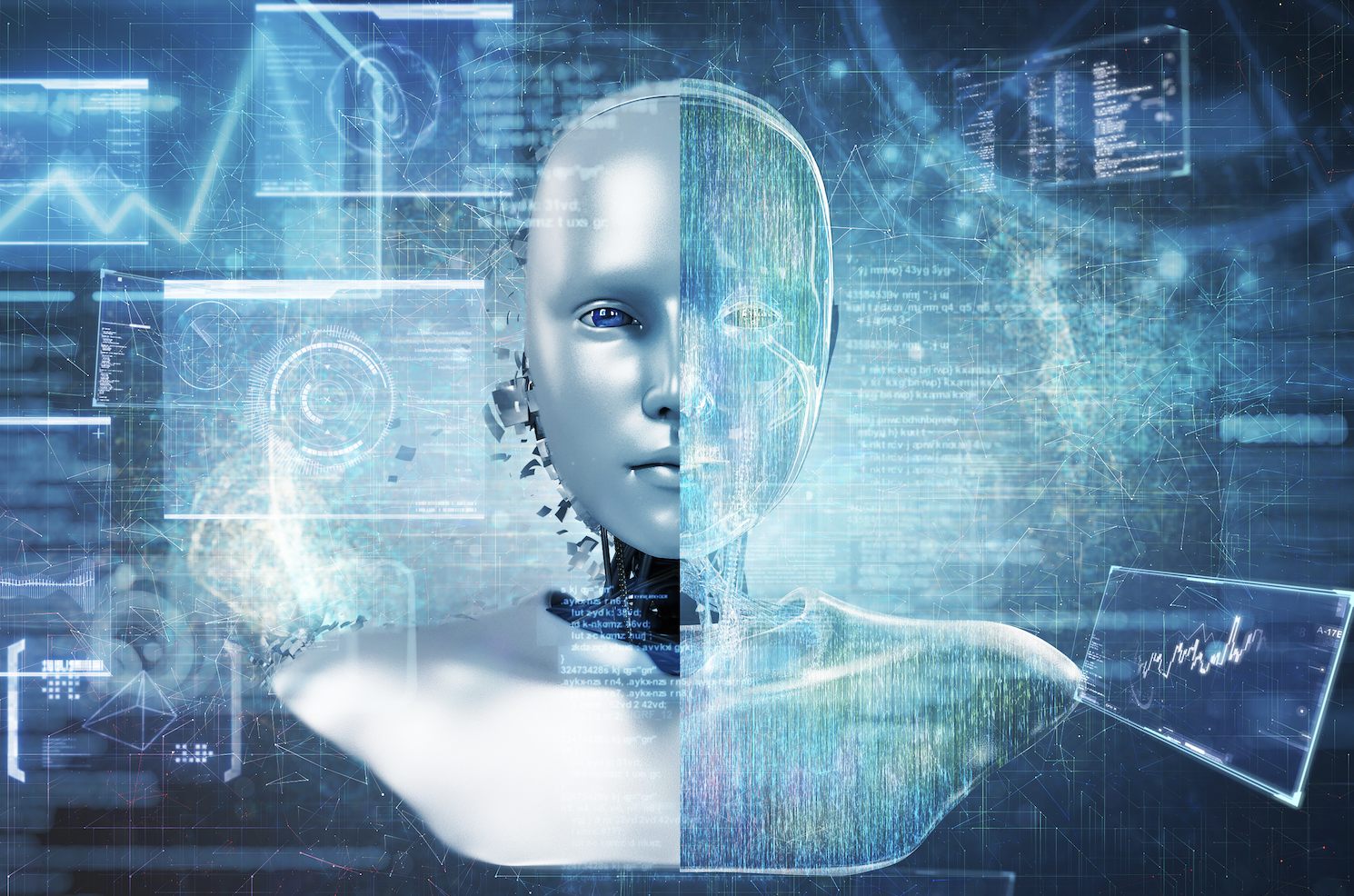
Getty Images
Among the hundreds of educational sessions and interesting exhibits at the Radiological Society of North America’s (RSNA) 2021 annual meeting, one unique presentation took center stage, literally and figuratively. Here are excerpts from an in-depth, one hour discussion with a stellar panel of radiologists and biomedical imaging experts on the present, and future, state of artificial intelligence (AI) in radiology.
“Radiology: Artificial Intelligence” was presented as a Fireside Chat facilitated by Dania Daye, MD, PhD, and Paul Yi, MD, with a guest appearance by Editor Charles E. Kahn, Jr, MD, MS. Featured panelists included: John Mongan, MD, PhD; Jayashree Kalpathy-Cramer, MS, PhD; and Linda Moy, MD.
About the Moderators
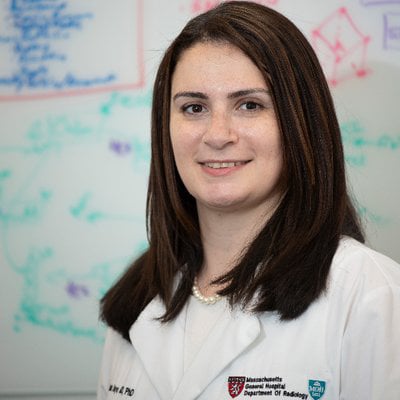
Dania Daye, MD, PhD, is an assistant professor of Interventional Radiology at Massachusetts General Hospital/ Harvard Medical School, and Research Faculty Member at the MGH/HST Athinoula A. Martinos Center for Biomedical Imaging. She is one of the faculty for the new RSNA Imaging AI Certificate program. This radiology-specific program blends a case-based curriculum with practical application and delivers a pathway to understand how to leverage AI. She is also a co-host of RSNA’s Radiology AI podcast.
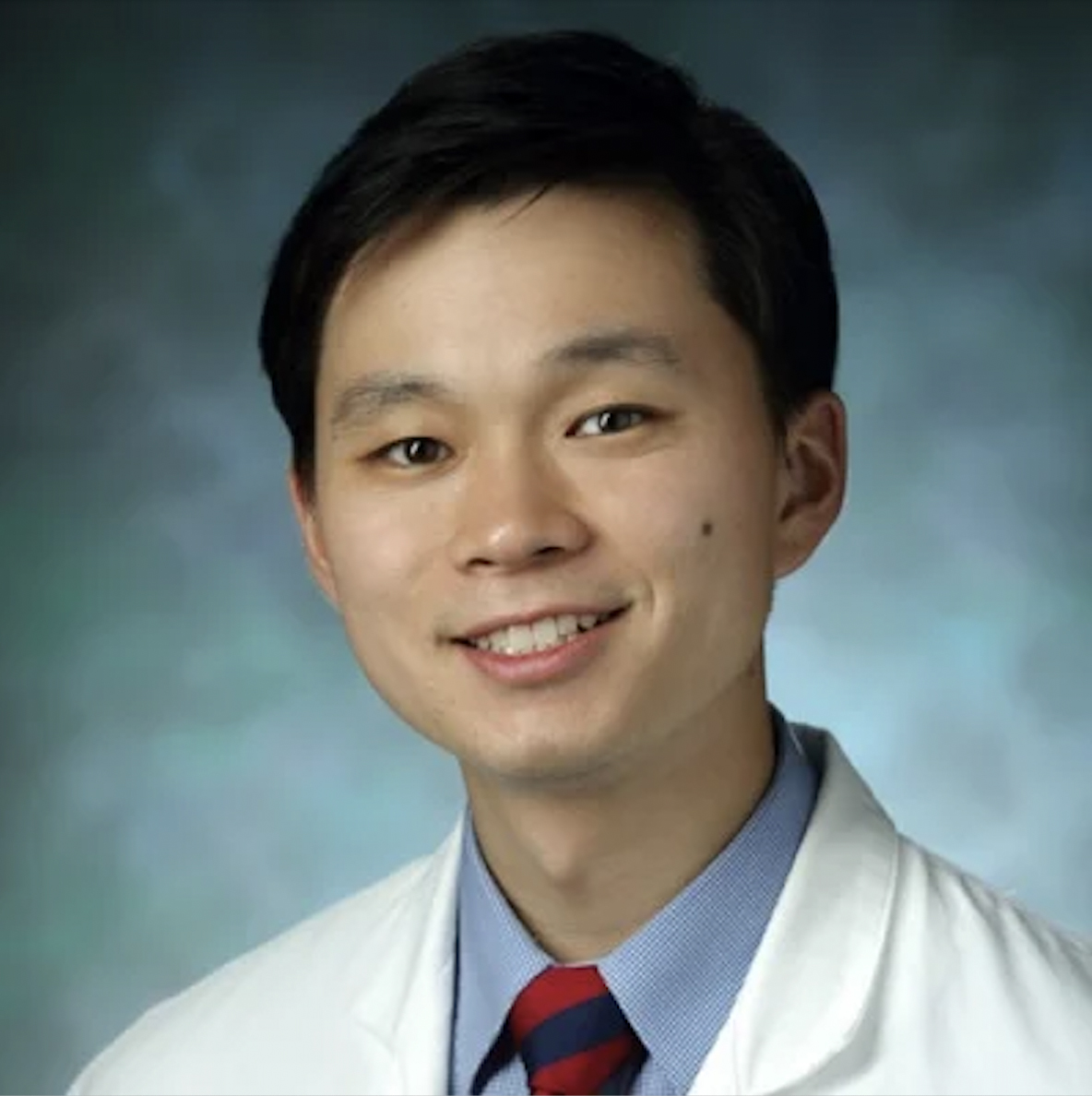
Paul Yi, MD, is director of the University of Maryland Medical Intelligent Imaging (UM2ii) Center at the University of Maryland School of Medicine, where he is also an assistant professor of diagnostic radiology and nuclear medicine. At Johns Hopkins, he is adjunct research scientist at the Malone Center for Engineering in Healthcare. Previously, he was one of the founding co-directors of the Johns Hopkins Radiology AI Lab (RAIL). He currently is a co-host of RSNA’s Radiology AI podcast.
Meet the Panelists
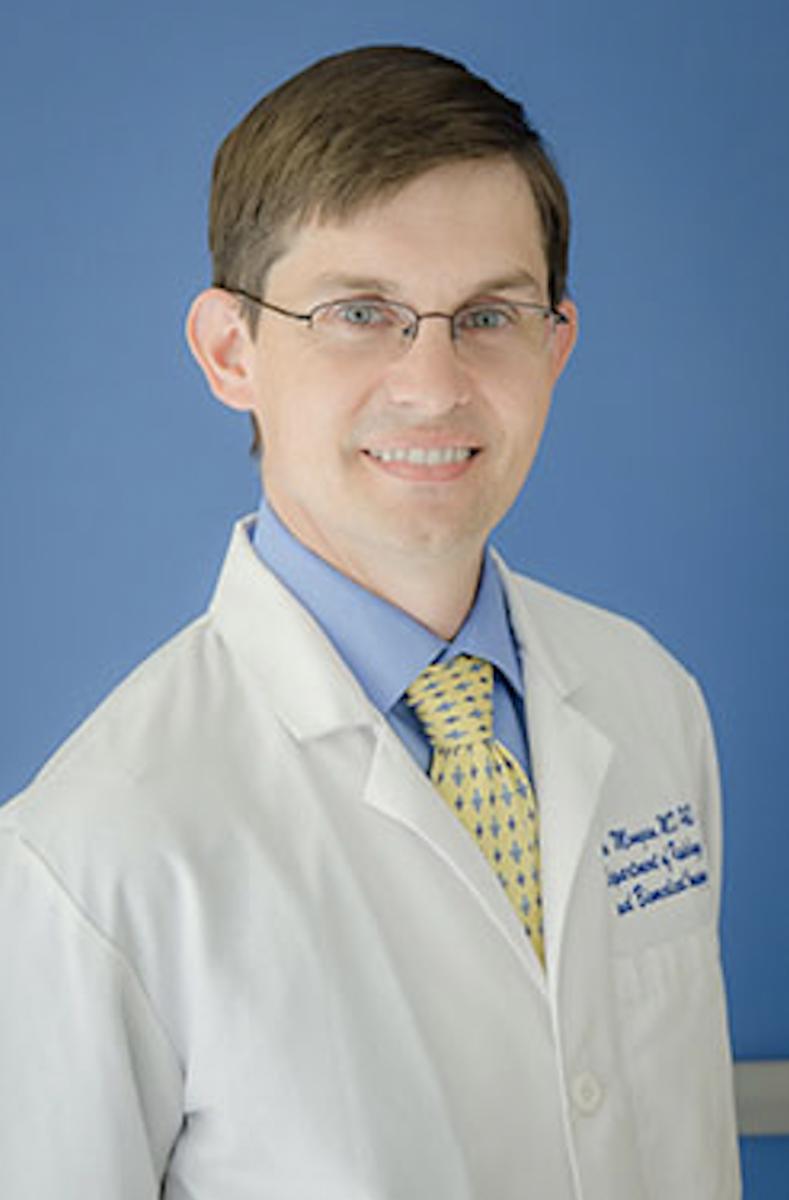
John Mongan, MD, PhD, is the associate chair for translational informatics, director of the Center for Intelligent Imaging and an associate professor of clinical radiology (abdominal imaging and ultrasound section) in the department of radiology and biomedical imaging at the University of California, San Francisco. He is board certified in both diagnostic radiology and clinical informatics. His research focuses on artificial intelligence in medical imaging. He chairs RSNA’s Machine Learning Steering Committee.
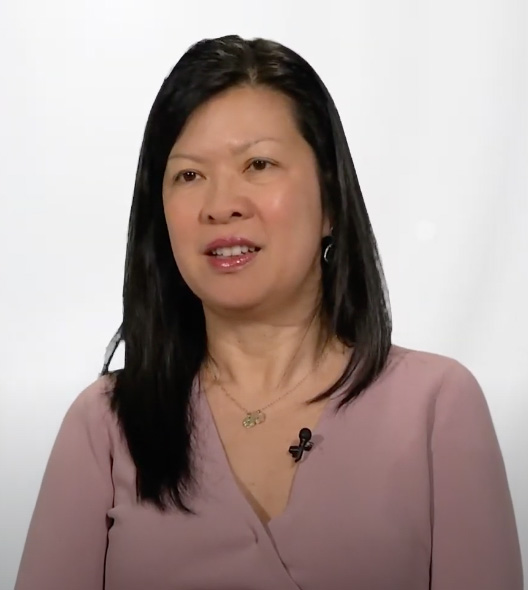
Linda Moy, MD, is professor of radiology at the NYU Grossman School of Medicine with additional appointments at the NYU Center for Advanced Imaging Innovation and Research and the NYU Vilcek Institute of Graduate Biomedical Sciences. She is director of breast MRI (clinical and research) throughout the NYU Health Network. An internationally recognized expert on breast imaging, MRI and AI, Moy is a member of the American College of Radiology’s Commission on Breast Imaging, which addresses issues related to breast imaging, screening, and government regulation. She is deputy editor for RSNA’s Radiology publication, and will serve as editor beginning January 2023. She is also a course director for the new RSNA Imaging AI Certificate program which helps radiologists learn practical AI applications and how to leverage AI for their practice.
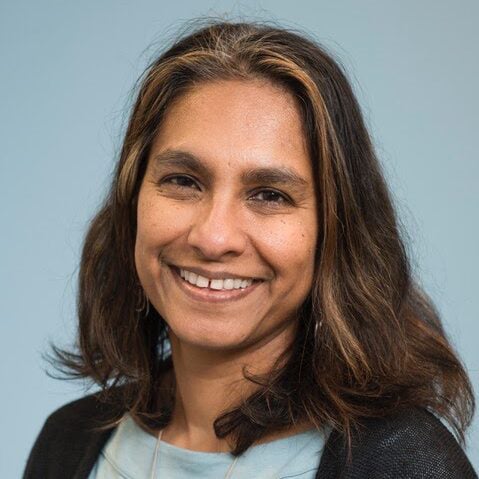
Jayashree Kalpathy-Cramer, MS, PhD, is the director of the Quantitative Tumor Imaging Lab and the Center for Machine Learning at the Athinoula A. Martinos Center for Biomedical Imaging, and an associate professor of radiology at Massachusetts General Hospital/Harvard Medical School. Kalpathy-Cramer is also scientific director at MGH and BWH Center for Clinical Data Science. She received her PhD in electrical engineering from Rensselaer Polytechnic Institute.
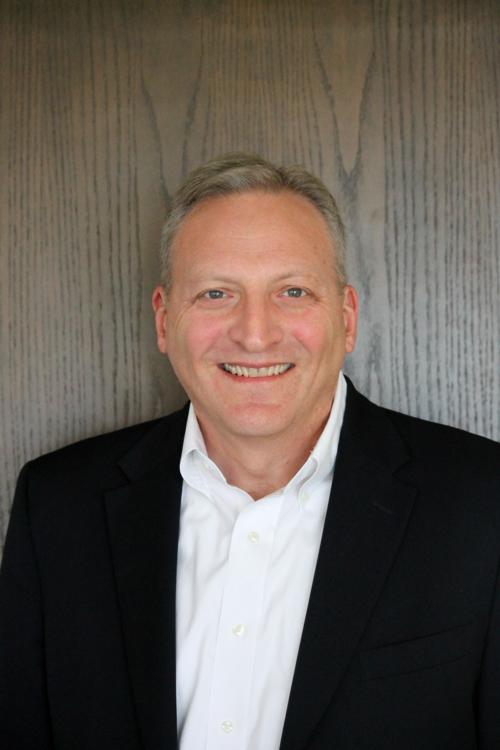
Charles E. Kahn, Jr., MD, MS, FACR is department of radiology vice chair, informatics, radiology professor at the Hospital of the University of Pennsylvania; and senior fellow, Institute for Biomedical Informatics. In this role, his responsibilities include imaging informatics and departmental management. He mentors outstanding trainees and junior faculty, participates in leading-edge research, and contributes to innovative approaches to improve patient care. Additionally, he serves as the editor of an RSNA publication, Radiology: Artificial Intelligence.
Q: Looking back to 2016 when Professor Geoffrey Hintan, PhD, the godfather of deep learning, stated “People should stop training radiologists now, as it is obvious deep learning will replace radiologists.” That was five years ago, and clearly much has happened in the field.
Can you share what you see are the key milestones and advances in radiology AI?
Dr. Mongan: One of the key milestones was in fact that speech. We can gloat a bit, but we owe him a debt of gratitude as he focused all of us on the impact of AI. It was a watershed moment. It created angst and concern, but was a pivotal thing that got people focused on the importance and that it was something we need to embrace and understand or it will become a threat to us. It is important to recognize that within months of that quote he learned more about what rads actually do and moderated his position substantially, and really catalyzed what is occurring today. The goal of radiology and AI is getting AI out so it can improve healthcare deployment and patients overall. One milestone is this showcase at RSNA, the first time that we are doing this. I see this year as another milestone, and most of the booths have something about AI. We recognize it and put it on a special pedestal to say ‘Yes. this is what we need to start doing.’ And now we move to it becoming ubiquitous. Having an AI Showcase here at RSNA is a big step.
Dr. Moy: The biggest milestone is that everyone here, and the Society and its members realizing this is a tool that we need to embrace carefully (ethics, etc.). It is wonderful for us to share these thoughts and our enthusiasm for AI, while also realizing its limitations. These amazing challenges we face today are another milestone. I am hopeful there will be more data sharing, as that really is going to move the field forward. Most of us realize this is still relatively new to us, so let’s all learn together and share and figure out how we can take the power of AI and really improve patient care. That is our goal at the end of the day.
Dr. Kalpathy-Cramer: It is interesting to see everyone embracing it, but I also hope we can keep an eye on its limitations and what we really need to do to make it successful in translation. The hard part is not developing the algorithm, in some ways that is the easier part of the process, but there are so many other things to think about in terms of solving the right problem. We have come a long way, but need to recognize there are many, many challenges between having something that works in the lab or on paper and getting out there into the hands of end users.
Q: Over the years, there has been an emphasis on collaboration to advance the potential of AI. Many examples are seen with our panelists here working together to bring solutions forward. But we’ve also seen there have been some adversarial attitudes. Collaboration is a great goal in theory, but there are many challenges. What is the recipe for success? How do you collaborate and what advice do you have?
Dr. Moy: First, I have a wonderful team. There needs to be recognition of the Importance of all of the processing of the data and review processes involved. It is also important to have a clinical component. We have developed models, but some on the IT side still do not understand … and we often ask many questions, so it is a give and take. It involves a lot of back and forth and more than just breaking down silos. We have good data sets and models, and need to appreciate the nuances that go into the effort of getting that model into a clinical orientation and setting. So, I encourage all of us to stay open-minded and know you have to keep each other in check, and be willing to collaborate.
Dr. Kalpathy-Cramer: To the extent we can, working together to understand each other is critical. We often see that it is easy for a computer scientist to want to solve a problem, but it needs to have clinical impact. So, I’d encourage them to do more looking over the shoulder of clinicians … We all need to work together to help make sure we are asking the right questions and understanding the right problem. If not, we end up with solutions that are not useful. Trying to discern how the algorithms are used by us is vital.
Dr. Mongan: Historically, especially early on, there was an adversarial feeling driven by radiologists out of fear, and sometimes on the data science side, with a feeling of arrogance to a point. I think that this adversarial sense is gone and replaced with a willingness and desire to work together, but it can still be challenging.
Two things are important. First, that it is almost impossible for any one person to have the depth of knowledge they need across all disciplines to go into this multidisciplinary endeavor. So, it does need to be a team approach. Secondly, at the same time you recognize you will never have the depth of knowledge of others on the team. They have a unique expertise and it is important to learn from and about that. So as a rad, it is important to learn some data science and some of the terminology, and it is equally important to help the data scientists learn about clinical radiology. If you have a gap in understanding and there is no overlap, you could come upon misunderstandings. You want to get to a point where there is at least a little overlap in the interface to facilitate those communications.
Dr. Moy: It is worth mentioning that RSNA has a huge amount of educational resources to help radiologists learn the language involved in AI, in the journals and other materials, so be sure to look at those and other resources.
Dr Kahn: R-E-S-P-E-C-T. It requires some notion that we respect what other people can do who have skill sets we do not necessarily have, and work together as a team. Radiologists do not need to become data scientists … but in the same way we learn about physics to be able to do our jobs and work with others, this will become a critical part of our education as clinical radiologists, to at least have an understanding of data scientists. So, when a colleague starts talking about drift in a model, you want to know what is being said … and that we have a commonality of language to identify the problems and recognize that AI is just a technology, a tool, a modality, a way of helping us get to better care. If we focus on that, we will get a lot farther, we will get there and build great solutions that do not yet exist. But we do need to collaborate to make this come to fruition.
Editor’s note: Part II of ITN’s coverage of the “Radiology: Artificial Intelligence Fireside Chat” conducted at RSNA 2021, will be featured in the September/October 2022 issue.


 December 24, 2025
December 24, 2025 









